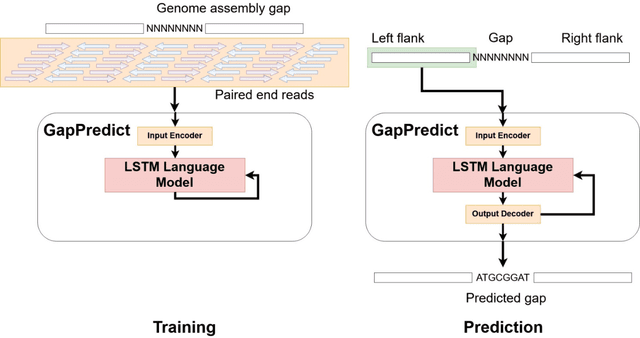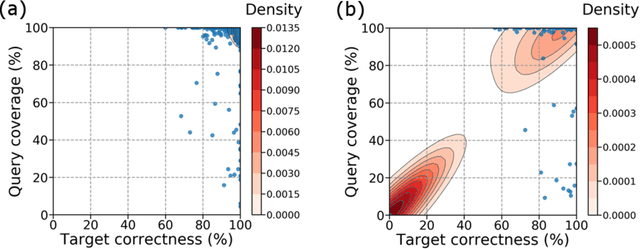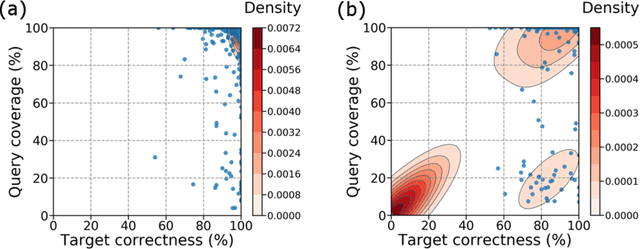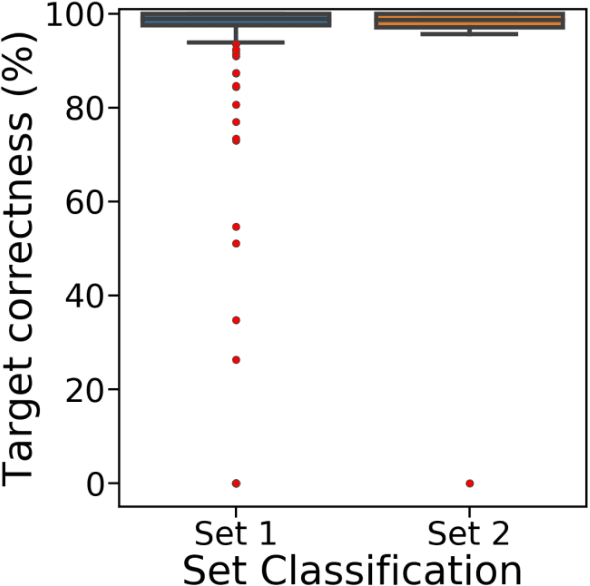GapPredict: A Language Model for Resolving Gaps in Draft Genome Assemblies
Paper and Code
May 25, 2021



Short-read DNA sequencing instruments can yield over 1e+12 bases per run, typically composed of reads 150 bases long. Despite this high throughput, de novo assembly algorithms have difficulty reconstructing contiguous genome sequences using short reads due to both repetitive and difficult-to-sequence regions in these genomes. Some of the short read assembly challenges are mitigated by scaffolding assembled sequences using paired-end reads. However, unresolved sequences in these scaffolds appear as "gaps". Here, we introduce GapPredict, a tool that uses a character-level language model to predict unresolved nucleotides in scaffold gaps. We benchmarked GapPredict against the state-of-the-art gap-filling tool Sealer, and observed that the former can fill 65.6% of the sampled gaps that were left unfilled by the latter, demonstrating the practical utility of deep learning approaches to the gap-filling problem in genome sequence assembly.
 Add to Chrome
Add to Chrome Add to Firefox
Add to Firefox Add to Edge
Add to Edge